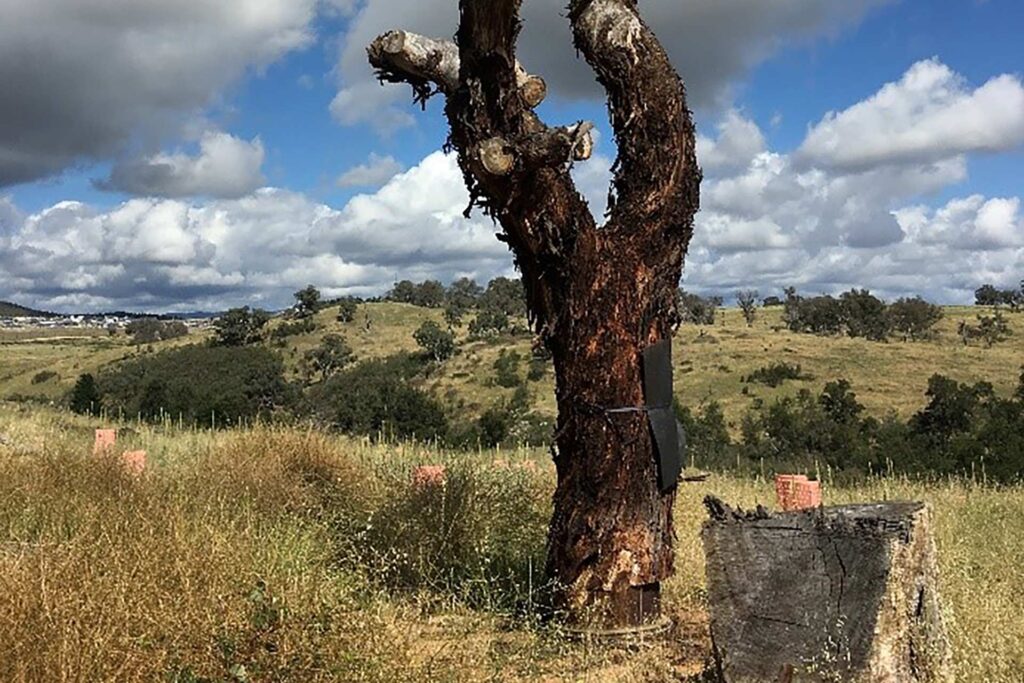Many people refer to Canberra as the ‘Bush Capital’. In the early 1900s, Canberra was a largely treeless site exposed to wind, but the planting of two million trees in 1911 was the beginning of Canberra’s urban forest.
Before old trees die, new trees need to be planted to take their place. There was a 10 per cent reduction in urban trees between 2009 and 2016, mainly due to the death and deterioration of trees as they aged. And almost a quarter of the trees in Canberra’s suburbs will reach the end of their useful life in the next 20 years. This translates to thousands of trees being removed each year.
Some trees live longer than others. The end of a tree’s ‘useful’ life occurs when safety, other risks, and costs start to outweigh the benefits of individual trees. Canberra’s trees have an expected useful life of 50 to 80 years, depending on species and conditions.
Old-growth trees have been cut down to make way for buildings and infrastructure. Sometimes dead trees that have been removed to make way for development can be moved to other locations to help wildlife such as birds, bats, reptiles and insects. One tree moved to the Molonglo Valley to provide wildlife habitat was a 400-year old Yellow Box (Eucalyptus melliodora). Planting young trees doesn’t provide the same type of habitat as repurposed mature, dead trees. We need to plant new seedlings for the future, but these take years to grow, so preserving or moving large dead trees helps while young trees mature.

The ACT Tree Register protects urban trees that have important natural and cultural heritage values or contribute to the urban landscape. There are 176 trees and 35 groups of trees on the register, with 10 more awaiting full registration.
Threats to Canberra’s trees
Common threats to trees in the ACT are:
- increasing population and expanding urbanisation
- increasing temperatures
- less rainfall and increased drought periods
Canberra’s increasing population and city density will put pressure on the urban forest. In the Molonglo Valley, only 2.4 hectares of public space is available for every 1000 people, compared with 8.6 hectares in older suburbs. Also, house blocks are almost half the size in the Molonglo Valley compared with older suburbs, so more people want to use public green spaces.
Another issue with Canberra’s urban forest is that it is dominated by a rather simple structure of mature trees and mown grass. This lacks the understorey that is home to many native species. Future vegetation planting needs to incorporate more shrubs and smaller plants to support biodiversityThe variety of all life and living processes in the environm More.
Increasing temperatures due to urban heat and climate change are a major problem for cities (see Climate is changing section) . This will threaten some tree species in Canberra, so we need to adapt to the warming climate, ensure the urban forest is resilient, make sure water is available for vegetation, and manage trees for age, drought and pests.


